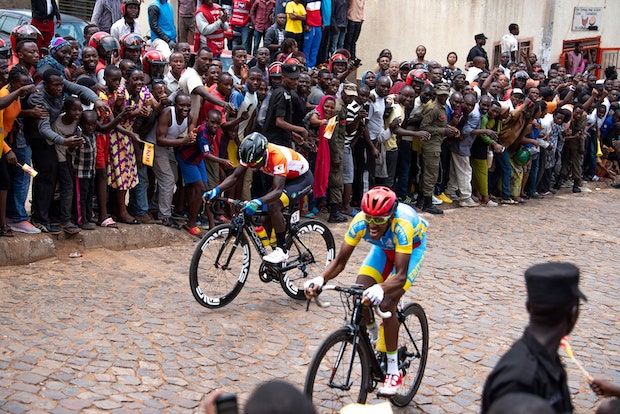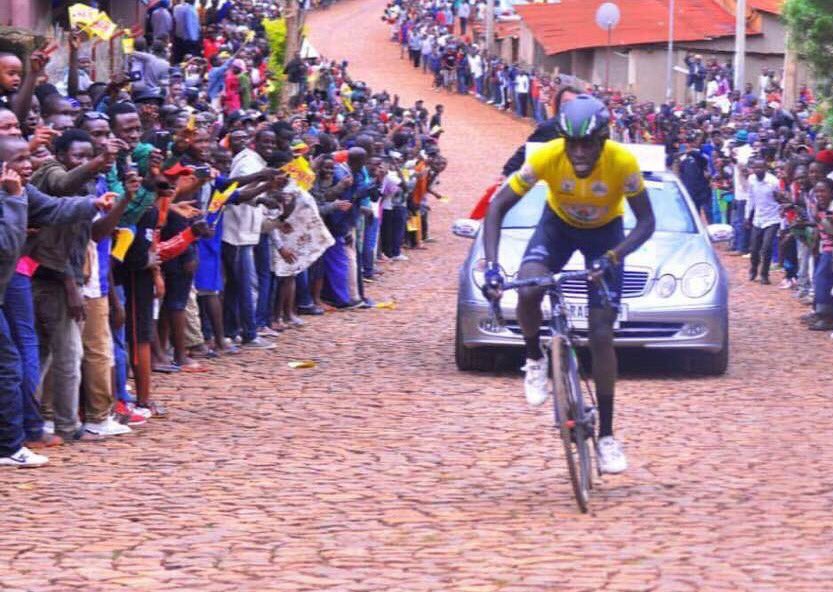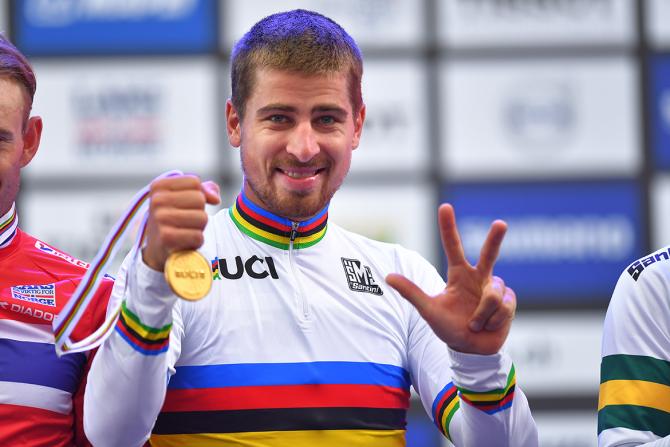Life is short and the world is big so here is our list of 10 places you simply have tosee from the saddle of your bicycle before your knees get too creaky to turn those pedals.
Leh-Manali Highway, India
Nothing really grows up here in the thin air near the top of the world. High in the Himalayas of northern India, in the Ladakh region, the town of Leh sits on the banks of the Indus River. The bare, windswept mountains rise from the earth in every direction, thrown into the air millions of years ago by the collision of the Indian and Eurasian tectonic plates.

The shifting sun casts these rock-strewn peaks in shades of shining gold. The plates still shift, occasionally making these mountains shake. Thousands of people have forged a living in this remote landscape for thousands of years, despite constant conflict amongst various empires and the disparate interests of the nations we now know as Pakistan, China, and India. Today, the Indian Air Force maintains a military outpost in Leh and a firm grasp on the region.
Lake Song-Kol, Kyrgyzstan
Put on the fat tires and hit the dirt tracks that lead high into the Kyrgyz mountains. Your reward for a vigourous climb over a pass at 3,600 meters is a gorgeous lake, backed by snowy peaks and surrounded by nomadic families, who come here in the summer to graze their animals in the high pastures.
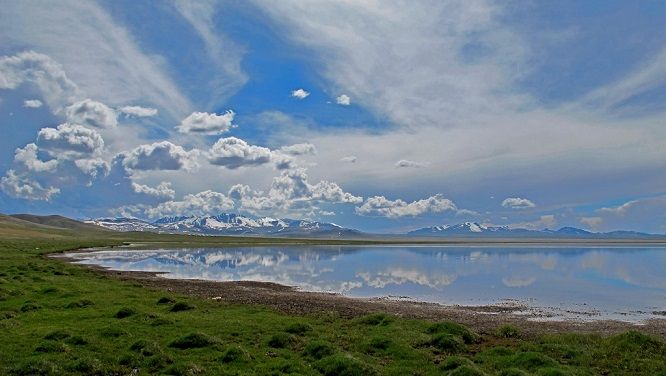
The lake is big enough that you can always find a little piece of heaven for yourself. Just don’t forget enough food and cooking fuel for the whole time you plan to stay. Copies of Russian maps are also handy (available in nearby Kochkor) to help you find the old jeep tracks that lead out of the lake and back to the villages below.
Isle of Skye, Scotland
The dark volcanic rock rises from the surrounding green slopes in towering spires and sheer cliffs, forming a 30.5-kilometer ridge down the center of the Trotternish peninsula on Scotland’s Isle of Skye. The rock formations on this rustic isle have long inspired Gaelic legend and even Hollywood directors (Ridley Scott shot his 2012 film Prometheus here), and they have also drawn cyclists from across the United Kingdom and around the world.

An 80-kilometer loop starting in the town of Portree runs along the edge of the peninsula, through rolling farm fields, and between the shore of the Atlantic and the looming ridgeline. You’ll first encounter the Old Man of Storr, a knifelike outcrop that rises more than 600 meters above the nearby sea. Local folklore tells of a giant who sank into the earth here, leaving only his thumb pointing toward the sky. More likely, lava, battered by thousands of years of wind, rain, and erosion, formed the Storr.
Along the Mekong, Cambodia
Angkor Wat might be Cambodia’s most famous attraction but when it comes to really seeing how the local people live, you can’t do any better than by riding your bike along the dirt paths that follow the Mekong River, through a string of small villages that rarely see tourists.

What will you see? For a start, there will be more chickens and pigs on the road than cars. Lunch might be some sweet rice and coconut, steamed in bamboo over hot coals (the ultimate energy snack for a hungry cyclist) and the whole way you’ll hear the sounds of enthusiastic kids saying Sua s’dei as you pass. The rainy season brings the added bonus of endless local ferries over bits of flooded road.
Tasmania, Australia
If touring cyclists go to heaven, they’d go to a place where the roads are smooth, the traffic is light, the views are stunning, the pies are always fresh from the oven and the camping is free. We can only conclude that heaven already exists and it’s on a small island south of Melbourne.
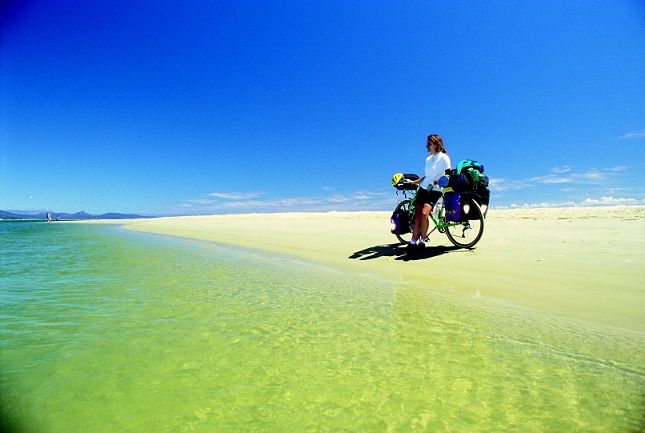
Welcome to Tasmania or Tassie as it’s more affectionately known. Come here for the endless views of the sea, the numerous well-thought-out free campsites, the plethora of bakeries serving up tasty treats and the amazing wildlife. You’re sure to see a wombat or two, echidnas and maybe – if you’re lucky – a Tasmanian Devil.
Shiraz to Yazd, Iran
Want to feel like a cycling celebrity? Go to Iran. Yes, Iran. This is not the axis of evil but rather a country where passing tourists are regularly hauled into local homes to drink endless cups of tea, then stuffed to the gills with home-cooked delights, put to bed on fine carpets and sent off the next day with panniers filled to bursting with bread and sweets.

Friendlier people? You can’t find them anywhere else in the world. Then there are the endless archaeological sites. They’re as glorious as anything you’d see in Rome, only mostly devoid of other tourists because so few people come to Iran these days. Don’t forget the scenery – a mix of mountains and deserts – and some of the world’s most gorgeous architecture. For beauty and tranquility, the tiled mosques of Iran, particularly in Esfahan, are unmatched.
Egypt to South Africa
The first Tour d’Afrique occurred in 2003, but the idea to ride across Africa from tip to tip had formed decades prior. Henry Gold, the man behind the seemingly mad event had traveled extensively in Africa as the executive director of Canadian Physicians for Aid and Relief. Based on his experiences there, Gold became convinced bicycles could prove transformative for the majority of people in Africa, but he struggled with how best to bring bikes and awareness to the continent.

During a trip to Ethiopia in the early ’90s, he came across the Russian Olympic cycling team altitude-training in the mountains. A colleague, knowing Gold’s inclination to tackle challenging projects, teased him that he should organize a bicycle race from the top of Africa to the bottom. Gold laughed, but days passed, and he couldn’t get the idea out of his mind. So he went to a friend, Michael de Jong, an inventor and bike racer, and told him about the idea. De Jong became similarly fascinated with the Africa tour. De Jong planned a route and produced an informational brochure for potential participants.
They scheduled the first Tour d’Afrique for 1994, but a terrorist attack in Egypt forced them to cancel. The two men moved on, and the event went dormant for nearly 10 years. Then, on the eve of his 50th birthday, Gold found himself seeking a life-affirming challenge. He called de Jong, told him he wanted to do the Africa tour, and gave him 24 hours to decide. Eleven months later, the 2 men and 31 other participants, ranging from world-class adventurers to a 55-year-old mother of five who’d only begun riding that year, set off from Cairo and pedaled toward Cape Town.
Gold and de Jong had estimated the trip would take 120 days, with roughly 1 day of rest for every 5 days of riding. In order to garner additional press coverage and appease participants with competitive ambitions, the Tour d’Afrique was set up as (and officially remains) a race. Riders clock in individually at the start of each day and record their times at the finish. But racing is certainly not required. Packs of riders form pacelines and push for the finish each day while others dawdle, barely making it to camp before sunset.




